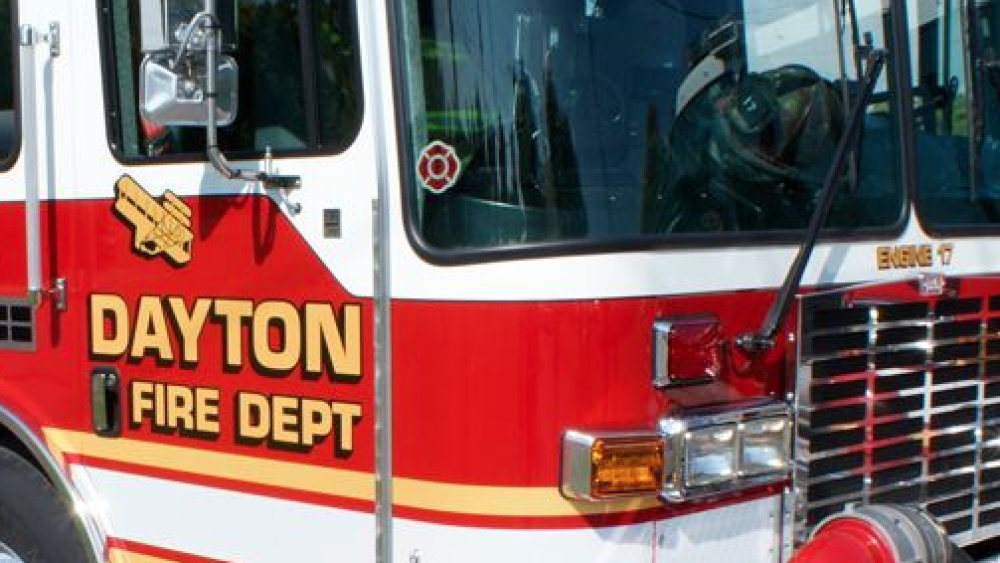Cornelius Frolik
Dayton Daily News, Ohio
DAYTON, Ohio — With less than a week to go before it stops accepting applications, the Dayton Fire Department says it could have its most diverse pool of fire recruit applicants ever.
The fire department is overwhelmingly white but has become more diverse in recent years. Officials say new, enhanced and ongoing initiatives to reach minorities and women seem to be working.
“While there is more work still to be done, the Dayton Fire Department is making clear progress in achieving a more diverse and inclusive workforce,” said Dayton Fire Capt. Brad French.
The fire department started accepting applications for its recruit classes in early January, and the deadline to apply is Sunday, Feb. 20.
The city has received more than 680 applications, and early data suggest this could be the most diverse group of applicants in the department’s 159-year history, officials said.
About 62% of applicants are white, while about 30% are Black and nearly 5% are Hispanic, according to data from Dayton’s civil service office. A small number of applicants declined to share their race or ethnicity.
Diversifying the public safety forces has been a longtime goal of city administration and elected leaders, but the racial composition of the fire department barely budged.
However, there have been some recent gains.
In 2018, the fire department was 93% white, 4% Black and 3.2% “other,” department data show.
Today, the department is 89.5% white, 6.7% Black and 3.8% other.
Dayton’s population is less than 56% white and nearly 38% Black; but city officials consistently have said the public safety forces rely on drawing candidates from across the larger region, which isn’t as diverse as the Gem City.
A couple of years ago, the fire department had its most diverse recruit class ever: nearly a quarter of recruits were minorities.
That was the first class of recruits with participants from the city’s “Homegrown Heroes” program, which is an internal recruiting program to get city employees to pursue a career with the public safety forces.
The program likely had a role in getting a more diverse class of firefighters, some staff and leaders say.
The fire department has taken other steps to try to get women and minorities interested in careers in fire-fighting and emergency medical services.
Billboards have gone up in West Dayton and near Wilberforce University and Central State University inviting people to “join our team,” and the fire department launched a radio ad campaign.
The fire department has partnered with Dayton Public Schools, area churches and other groups to raise awareness about recruitment opportunities, French said.
The Dayton Fire Department in December held a " Fire Camp for Women” for the first time in more than a decade, which was intended to boost interest in the field among female community members.
Also, Dayton voters approved a charter change last year that allows the city to modify its hiring practices so it no longer has to hire job candidates for competitive positions in the order they score on exams.
Based on their scores, candidates can be placed into groups or “bands,” and the city can choose who to hire from these groupings, which provides more flexibility in hiring decisions since factors can be considered beyond just rankings alone.
Some city leaders think this will benefit minority job candidates.
Dayton Mayor Jeffrey Mims Jr. said the city has a long way to go to make its public safety forces more reflective of the diversity of the communities they serve.
But he said the city is making headway and he’s encouraged to see that more minorities are submitting applications.
Mims said firefighting and emergency response work is difficult and dangerous, but these are good jobs with good pay.
He said he thinks the Homegrown Heroes program and partnerships with the schools, churches and community groups are paying off.
“I am just tickled we’re moving in that direction,” he said.
___
(c)2022 the Dayton Daily News (Dayton, Ohio)












